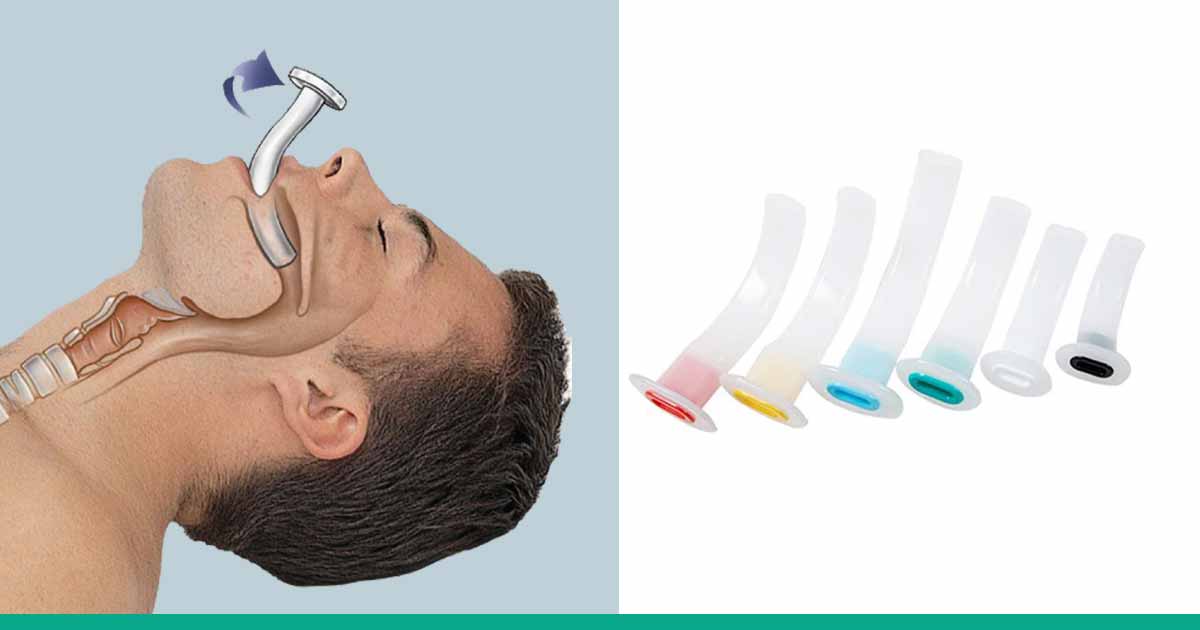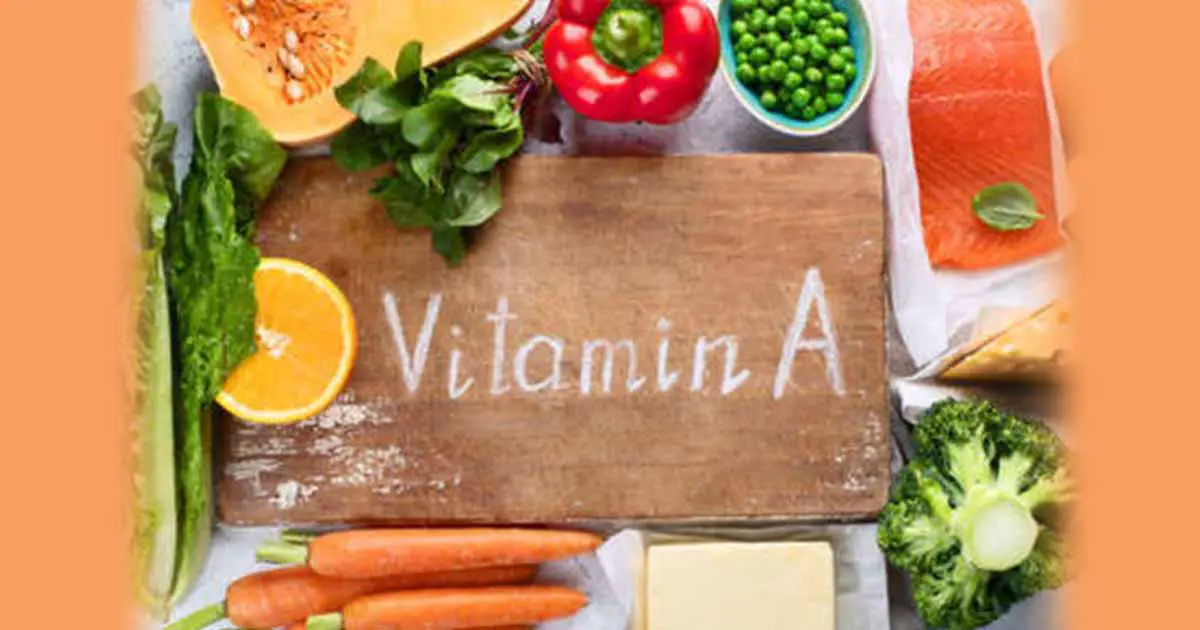Oropharyngeal airway, also called Guedel airway, or oral airway, OPA is a rigid intraoral medical device that sits on top of the mouth and ends at the base of the tongue. It displaces the tongue away from the posterior pharyngeal wall, keeping the pharyngeal airway open. Named after Arthur Guedel, the American anaesthetist who discovered it.
Oropharyngeal airway, or Guedel airway, is a curved plastic tube (J-shaped) with a flange on one end. The flange sits between the tongue and hard palate.
It is used If a patient is unconscious, especially when the jaw muscles relaxes, causing the tongue to obstruct the airway by covering the epiglottis.
Airway management is necessary to prevent acute respiratory failure, cardiopulmonary arrest, and death in some patients in the hospital emergency. Oropharyngeal airway and nasopharyngeal airway are two airway adjuncts normally used in such respiratory distress.
Upper airway obstruction is common in people with obesity, or those with obesity taking drugs that depress the central nervous system, or have other co-morbidities, like obstructive sleep apnea, hypoventilation syndrome (OHS).
Infants and young children are also prone to upper airway obstruction due to the anatomy of their airway.
In the preliminary upper airway management for patients suffering from apnea or severe ventilatory failure, both oropharyngeal and nasopharyngeal (pharyngeal airway), proper patient positioning, and manual jaw maneuvers are considered with the aim of relieving upper airway obstruction. The upper way obstruction is caused by a relaxed tongue lying on the posterior pharyngeal wall.
In some cases, both and oropharyngeal airways are used together to improve oxygenation and ventilation.
Oropharyngeal Airway Sizes
The oropharyngeal airway has four main parts: the flange, the body, the tip, and a channel (to allow passage of air and suction). There are many sizes and colors of oropharyngeal airway from 40 mm to 110 mm, with colors such as pink, blue, white, green black, green, red, yellow, orange.
Choice of a size depends on where the oropharyngeal airway parts lie in relation to the patient’s anatomical landmarks. The tip of the flange should reach the angle of the mandible.
| Oropharyngeal airway (Guedel airway) sizes | Color | Use |
| 40 mm | Pink | Newborn |
| 50 mm | Blue | Infant |
| 60 mm | Black | Small child |
| 70 mm | White | Child |
| 80 mm | Green | Small adult |
| 90 mm | Yellow | Medium adult |
| 100 mm | Red | Large adult |
| 110 mm | Orange | X-Large adult |
Uses of Oropharyngeal Airway
Proper insertion of the airway will prevent worsening the airway obstruction or getting injured on the airway too.
- The oropharyngeal airway is used in unconscious patients during bag-valve-mask ventilation, to aid cardiopulmonary resuscitation.
- In bypass airway obstruction by other oral structures, for example, in tonsillar hypertrophy.
- Relieves obstruction by the tongue in a supine patient, whose tongue tends to fall back onto the posterior pharynx.
- Patients who are breathing spontaneously, have soft tissue obstruction of the upper airway, with reduced level of alertness or consciousness and no gag reflex. Nasopharyngeal airway is used in those with gag reflex.
How to Insert the Oropharyngeal Airway (Guedel Airway)
Before inserting the airway, get necessary equipment like various oropharyngeal airway sizes, gloves, mask, and gown, nasogastric tube (to relieve gastric insufflation), towels, sheets (to place the head and neck into position), suctioning apparatus and Yankauer catheter; Magill forcep (to clear the pharynx)
- Before the insertion, remove secretions like vomit, blood, or sputum from the mouth using a suction catheter
- Position the patient supine to the stretcher.
- Determine the appropriate size of the airway. This is by holding the airway beside the cheek of the patient, with the flangus at the corner of the mouth. The airway will fit well when the tip of the airway reaches the angle of the mandibular ramus.
- Proper selection of the oropharyngeaal airway size is necessary. If it is small, the tongue will obstruct the distal end, leading to inadequate ventilation. Larger ones cause trauma injuries to laryngeal structures, and possibly laryngospasm.
- Insert the airway into the mouth concave up (with the tip pointed up to the roof of the mouth)
- As you insert the airway, do not pinch the lips between the teeth and the airway to avoid cutting the lips
- As the airway progress into the posterior oropharynx, rotate it 180 degrees, to prevent pushing the tongue backward and obstructing the airway during insertion.
- By the time, the airway is fully inserted, the flangus should rest on the lips of the patient.
- Method 2: Open the mouth of the patient.
- With the tip of the oropharyngeal airway pointed at a corner of the mouth, insert the airway into the mouth and rotate 90 degrees as it moves to the back of the oropharynx.
- Method 3: Open the mouth.
- Use a tongue depressor to push down the tongue and prevent airway from pushing the tongue backward during insertion
- Insert the airway with the tip concave down (pointing to the floor of the mouth)
Caution while Inserting the Oropharyngeal Airway
- Be gentle while inserting the airway as force may cause trauma to the tongue or lip
- While twisting the oropharyngeal 180 degrees, be careful to avoid trauma to the hard palate.
- Use water-soluble lubricant to insert it.
- If the patient offers any resistance during insertion, use the other naris.
After inserting the airway, keep the patient well ventilated, monitor and remove any obstacle to the ventilation and oxygen. Also secure the airway during mechanical ventilation after oral endotracheal intubation, when it should remain in place.
When to Avoid Oropharyngeal Airway
Do not use oropharyngeal airway in a conscious individual or when there is gag reflex. Rather, use it in unconscious and patients with minimal response to avoid gagging, which may increase the risk of aspiration.
If a patient can cough, they may witness gag reflex, which means the airway may not be used.
It is not feasible to insert oropharyngeal airway in oral trauma, trismus or lockjaw, which is painful restriction of mouth opening due to jaw muscle spasm or other causes.
Patients with actively bleeding nose, or fracture in the nose should not use the airway.
Complications
- Oropharyngeal airway may cause gagging and increased likelihood of vomiting and aspiration.
- If the airway is not inserted properly, or is not sized to fit, airway obstruction may occur. If it is oversized, it may cause laryngospasm.
- Can cause damage to dentition or oral structures.
In both cases, nasapharyngeal airway is used.
References:
- https://acls.com/articles/nasopharyngeal-oropharyngeal-airways/
- https://www.msdmanuals.com/professional/critical-care-medicine/how-to-do-basic-airway-procedures/how-to-insert-an-oropharyngeal-airway
- https://www.ncbi.nlm.nih.gov/books/NBK470198/
- https://www.sun-med.com/product/oropharyngeal-color-coded-guedel-airways-10-ct/












